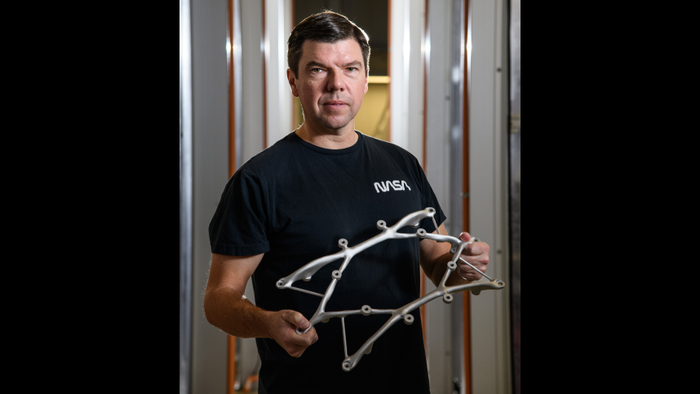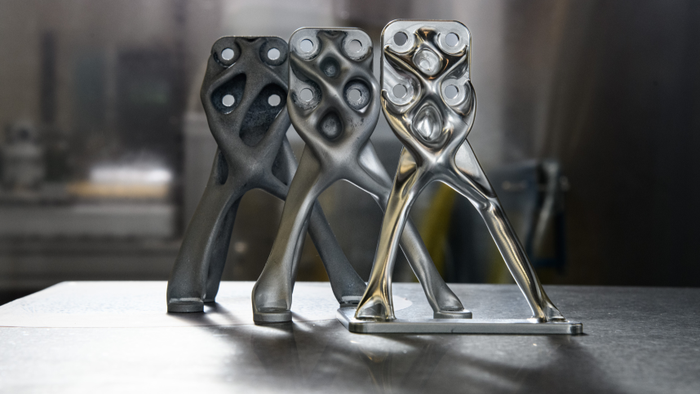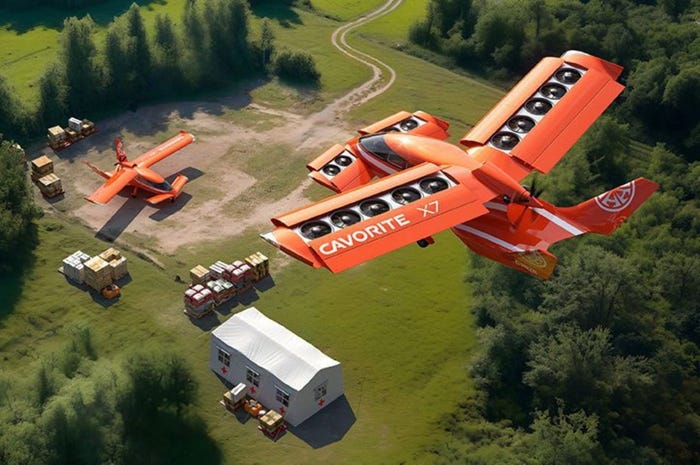NASA Uses AI to Design Spacefaring Hardware
AI will play a key role in the Artemis crewed lunar landings
.png?width=1280&auto=webp&quality=95&format=jpg&disable=upscale)
Mankind is set to return to the Moon for the first time since 1972. The Artemis missions will see NASA, along with European, Canadian and Japanese counterparts land the first woman and first person of color on the Moon some fifty years on from Apollo 17.
Technology has advanced significantly since then, with AI set to play an important role in the next crewed mission to the Moon.
NASA is using AI tools to design both spacecraft and mission hardware that tolerate higher structural loads while weighing less.
NASA engineers are using commercially available AI software to design specialized, one-off parts that require a fraction of the time parts designed by humans take to develop.
The hardware, which NASA suggests resembles a bone-like structure, was designed by research engineer Ryan McClelland, which he dubbed “evolved structures.”

Ryan McClelland displays a structural mount for the Survey and Time-domain Astrophysical Research Explorer (STAR-X mission Credit: Henry Dennis/NASA
To create the evolved structure parts, a computer-assisted design (CAD) specialist draws in the surfaces where the part connects to the instrument or spacecraft – as well as any bolts and fittings for hardware. The designer also blocks out a path so that the algorithm doesn’t block a laser beam or optical sensor. More complex builds require spaces for technicians’ hands to maneuver for assembly and alignment.
Once all off-limits areas are defined, the AI effectively connects the dots, McClelland said, producing complex structure designs in as little as a few hours.
“The algorithms do need a human eye,” he said. “Human intuition knows what looks right, but left to itself, the algorithm can sometimes make structures too thin."
The evolved structures are then analyzed by NASA’s validation software to identify potential points of failure.
“We found it actually lowers risk,” McClelland said. “After these stress analyses, we find the parts generated by the algorithm don’t have the stress concentrations that you have with human designs. The stress factors are almost ten times lower than parts produced by an expert human.”

Ryan McClelland designed an aluminum scaffold for the back of the EXCITE telescope, which is planned to make a test flight as early as the fall of 2023. The curved, crisscrossed reinforced structures were designed to resist significant, off-centered forces. Credit: Henry Dennis/NASA
Evolved structures save up to two-thirds of the weight compared with traditional components, according to their creator.
NASA has since adopted the tech for several projects, including astrophysics balloon observatories, Earth-atmosphere scanners, space weather monitors and space telescopes. It’s even set to be used in the 2026 Mars Sample Return mission to bring back rock and dust samples from the Red Planet.
The AI-powered design news comes shortly after NASA announced a partnership with IBM to apply AI models on Earth data gathered from satellites to unearth new insights.
This story first appeared on IoT World Today's sister site, AI Business.
About the Author
You May Also Like
.jpg?width=100&auto=webp&quality=80&disable=upscale)
.jpg?width=400&auto=webp&quality=80&disable=upscale)






